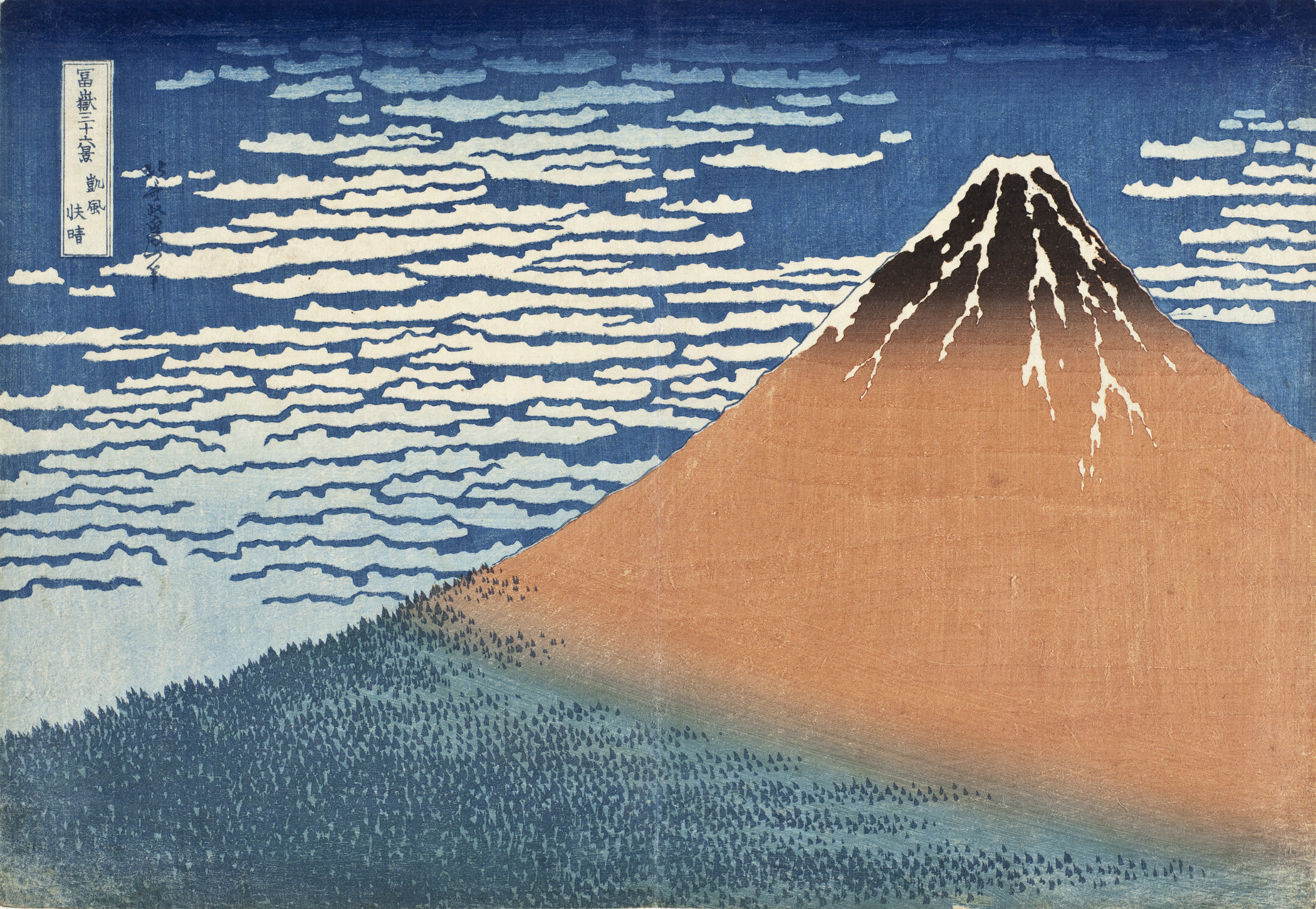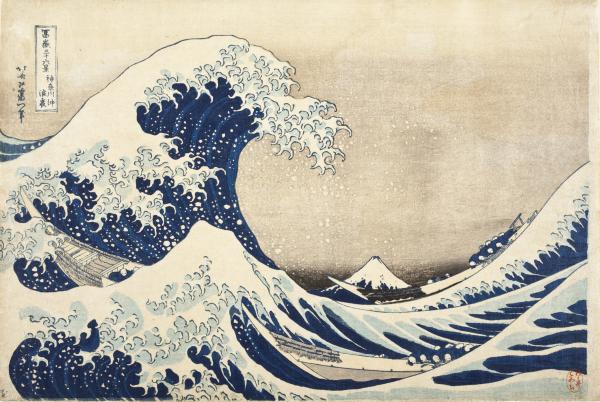As LACMA prepares for the 2026 public opening of the new David Geffen Galleries, the future home of the museum’s permanent collection spanning a breadth of eras and cultures, we’re sharing 50 iconic artworks that will be on view in the building over the next 50 weeks in the series 50 Works 50 Weeks.
Japanese artist Katsushika Hokusai (1760–1849) took the ukiyo-e woodblock print from its previously limited sphere of portraits into a world of landscapes, some of which are considered the finest ever produced. Perhaps none of his works are more well known than The Great Wave off Kanagawa (1830–31).

This print is part of his much celebrated series Thirty-Six Views of Mount Fuji, which the artist began in 1830 when he was 70 years old. Mount Fuji is the subject of each composition, viewed from all directions and in various weather conditions and seasons. Unlike other scenes in the series (such as another iconic print that is also in LACMA’s collection, South Wind, Clear Dawn, in which the imposing reddish mountain stands in contrast to a calm, cloudy blue sky in the background), in The Great Wave off Kanagawa, you could almost miss Japan’s most magnificent mountain if you did not look carefully. The diminutive white and blue Mount Fuji can be seen in the distance under the crest of a giant wave, and, through a resonance of shape and color, seems as if it were a part of the rough waters itself.
The Great Wave is a visually dynamic scene of deep, saturated blues contrasted by the bright whites and grays of the sea foam and sky, made possible by a palette of indigo and newly affordable Prussian blue pigments. It’s no surprise that its rhythmic, flowing composition is said to have inspired Claude Debussy’s 1903–05 orchestral work La mer (The Sea), the first edition publication of which featured a reproduction of Hokusai’s print on the cover, further reinforcing the work’s iconic status beyond just the visual arts.




